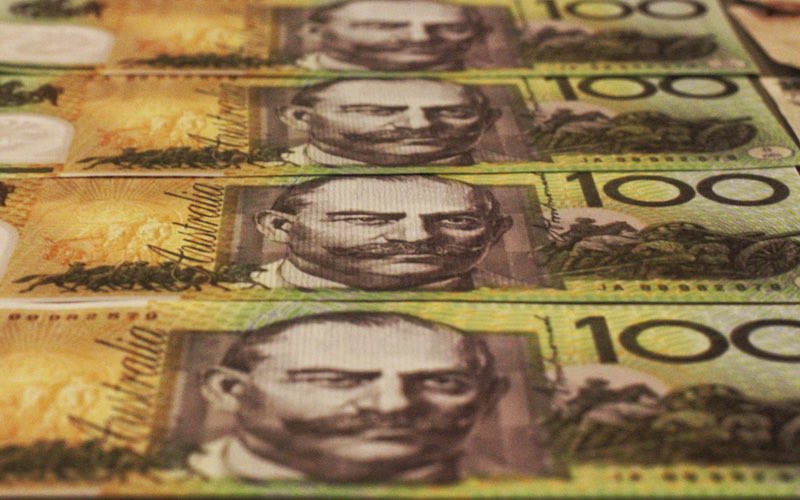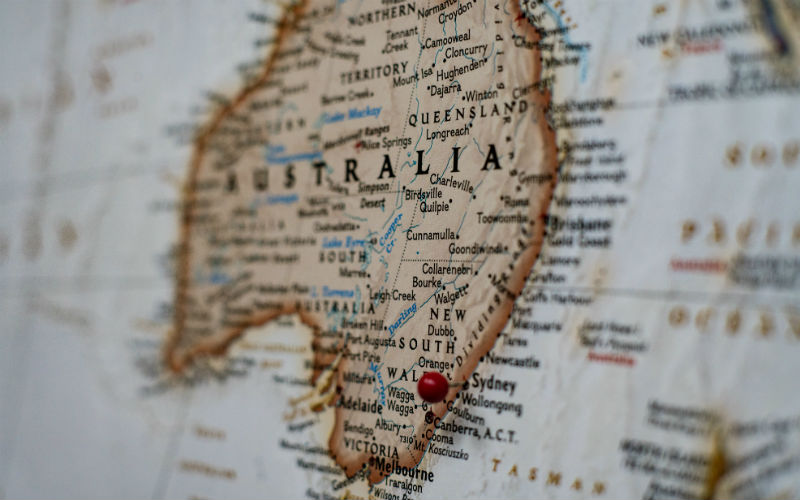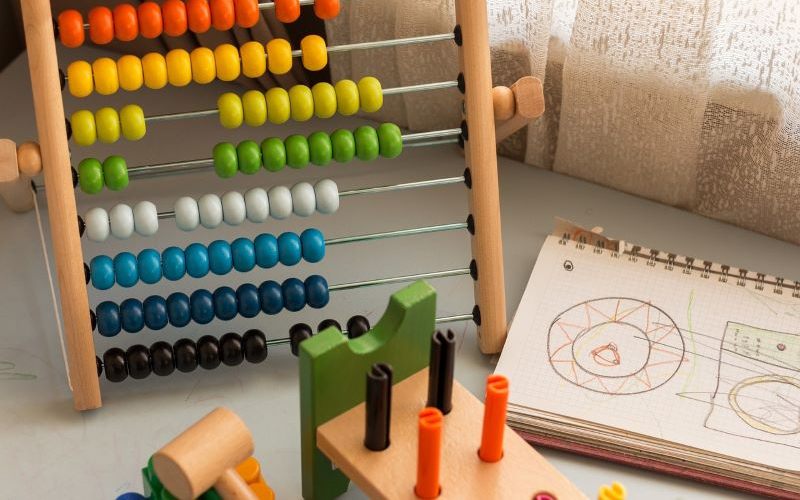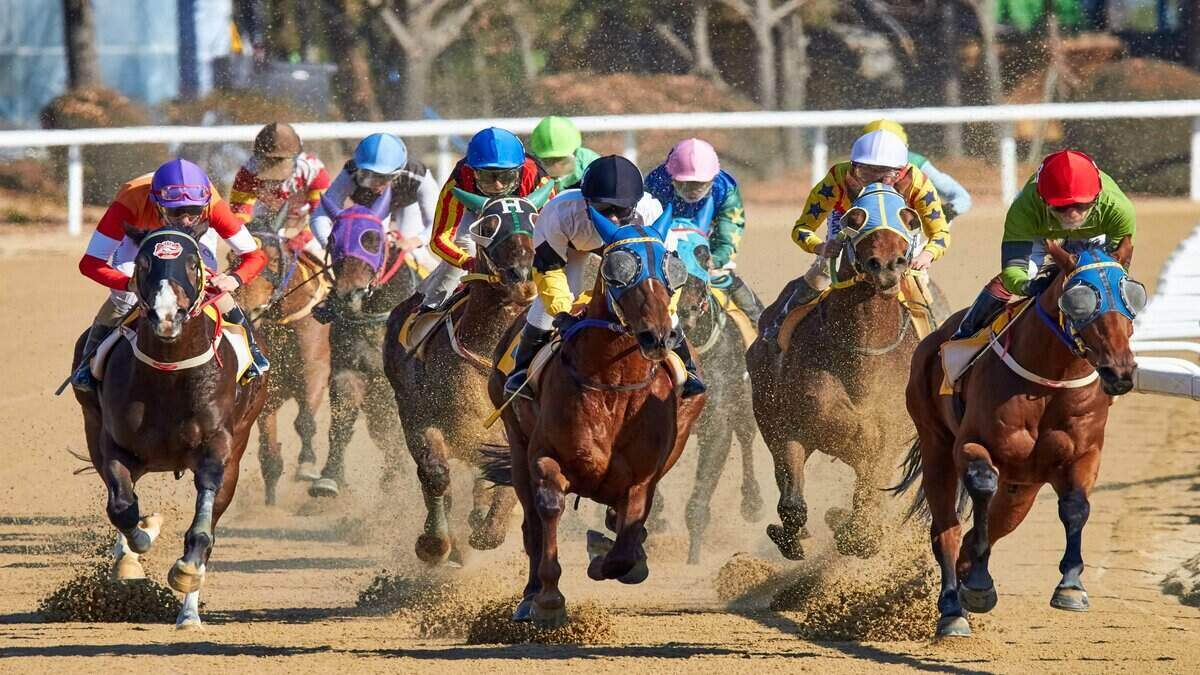The monthly CPI indicator for the 12 months to August came in 0.8% lower than the July figure of 3.5%.
The drop was driven by a significant 14.6% monthly fall in electricity costs, thanks to federal and state energy rebates that began showing up in the July data but had greater effect in August.
The ABS said the annual fall of 17.9% represents the largest annual fall in electricity costs on record.
Other notable items include a 1.1% annualised easing in transport costs, thanks to a 7.6% drop in automotive fuel costs.
Housing costs continued to rise (up 2.6%) along with food prices (up 3.4%).
Other items showing significant annual rises include tobacco and alcohol (up 6.6%), driven by last month’s indexation in alcohol excise duty linked to earlier CPI data.
Inflation in RBA ‘target range’
Analysts had widely tipped the monthly plunge for August and were quick to point out the figure would be within the Reserve Bank of Australia’s much touted 2-3% target range required to see interest rates fall.
However, the RBA pays little attention to monthly fluctuations in the headline inflation rate, preferring quarterly trimmed mean inflation numbers that exclude volatile and one-off items.
CPI inflation excluding volatile items and holiday travel was 3% in August, down from 3.7% in July.
The RBA's preferred measure, annual trimmed mean inflation, which excludes both the falls in fuel and electricity, was 3.4%, also down from 3.8% in July.
ABS head of statistics Michelle Marquardt said both measures of underlying inflation in August are the lowest they have been for the past two-and-a-half years.
The next quarterly inflation data for the September quarter is due on 30 October.
On Tuesday, the day before the inflation data was released, the RBA announced it was holding the cash rate at 4.35% in a move that surprised no one.
Disinflation continues
The latest Australian Bureau of Statistics data shows the continued easing in inflationary pressures in the Australian economy, known as disinflation.
This means price rises are growing at a slower rate than they were previously.
The figures show a continued slowdown in the growth of rents (down from 6.9% annual growth in July to 6.8% in August).
Rents have been on a gradual downward trajectory since March when they were at 7.7% growth, in part boosted by increases to the Commonwealth Rent Assistance scheme.
The annualised rise in new dwelling prices was 5.1%, slightly up from 5% in July, but maintaining the trend of annual price growth of around 5% since August last year.
Economists tip third quarter slowdown
Commonwealth Bank of Australia’s chief economist Gareth Aird said he expected to see slowing inflation in the September quarter of 2024 as weak consumer demand and the gradual loosening in the labour market aid the process.
He said electricity rebates would continue to feed into next month’s quarterly CPI data while automotive fuel price jumps in August 2023 would also drop out of annual calculations.
However, CBA, Australia’s biggest home lender, doesn’t expect that will move the RBA board to drop the cash rate at its next announcement on Tuesday, 5 November, Melbourne Cup Day.
Last week, CBA revised its forecast from a cash rate drop in November to a pre-Christmas cut in December.
It remains the only big bank to stick with a cash rate cut in 2024 with its big three peers tipping a cut in either February or May 2025.
Image by Victoriano Izquierdo on Unsplash

Ready, Set, Buy!
Learn everything you need to know about buying property – from choosing the right property and home loan, to the purchasing process, tips to save money and more!
With bonus Q&A sheet and Crossword!



 Harrison Astbury
Harrison Astbury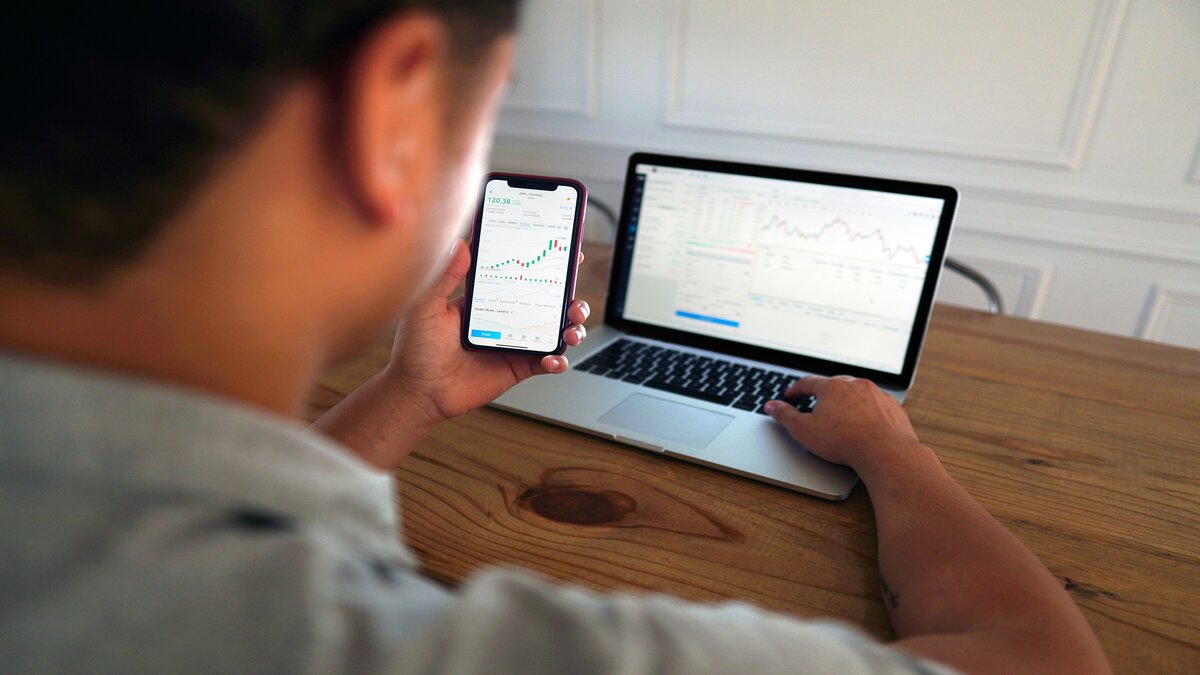
 Harry O'Sullivan
Harry O'Sullivan

